Born in 1304, Abu Abdullah Mohammed Ibn Battuta left Morocco, his birthplace, when he was only 21 years old and traveled for almost 30 years, covering 75,000 miles (we’re talking about the pre-steam age). He is the only medieval traveler who is known to have visited the lands of every Muslim ruler of his time.
Themed around the travels of this renowned 14th century Arabian explorer, the Ibn Battuta mall’s 6 courts reflect the most influential places he traveled to:
CHINA
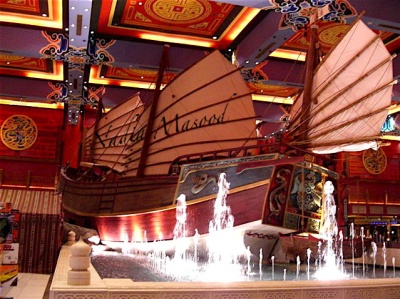
An authentic replica of the ship in which Ibn Battuta sailed across the Indian Ocean.
PERSIA
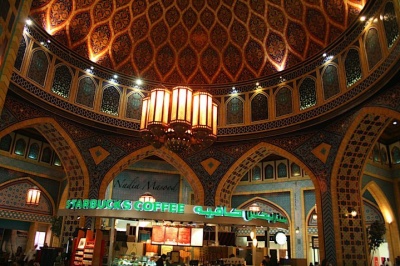
This beautifully hand-painted dome is a replica of the vaulted souks of old Persia. It is here where Ibn Battuta discovered a cultured and artistic society.
ANDALUSIA
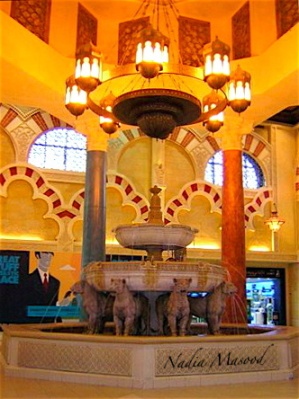
This Lion Fountain is an inspiration of the original Fountain of Lions of the Moor Fortress in Granada, Andalusia. The time is kept by water that regularly spurts from the mouths of eight lions.
EGYPT
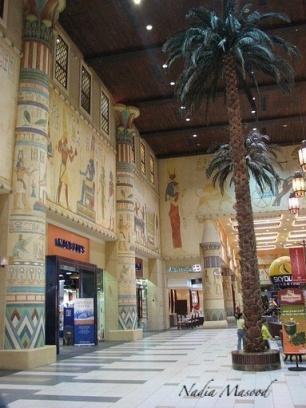
Walking through ancient Egypt.
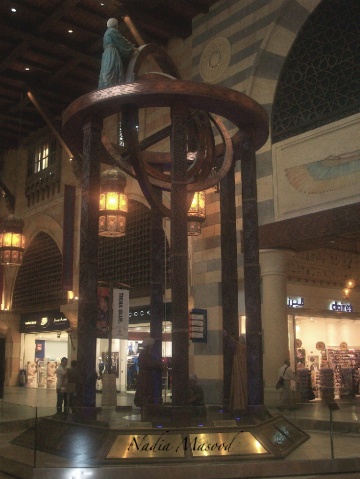
Based on a 16th century manuscript, this 9-meter high exhibit is an exact replica of the Armillary Sphere, an ancient instrument used to study astronomy.
INDIA
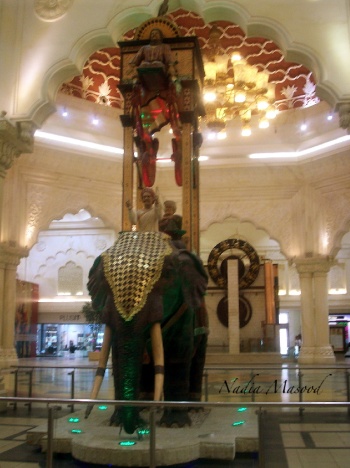
The elephant clock was a medieval Muslim invention by al-Jazari (1136–1206), consisting of a weight powered water clock in the form of an elephant. The various elements of the clock are in the housing on top of the elephant. They were designed to move and make a sound each half hour.
TUNISIA
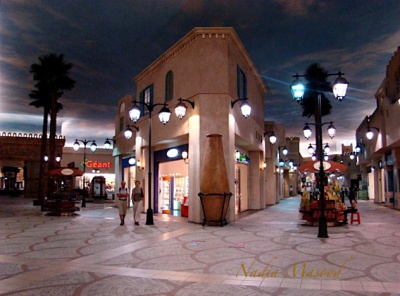
Whitewashed stucco buildings with blue painted doors and windows recreate the picturesque narrow streets and souks of a typical African marketplace. This setting is further enhanced with streetlamps and lanterns hanging from walls supported by decorative brackets of Tunisian design.
0 comments:
Post a Comment